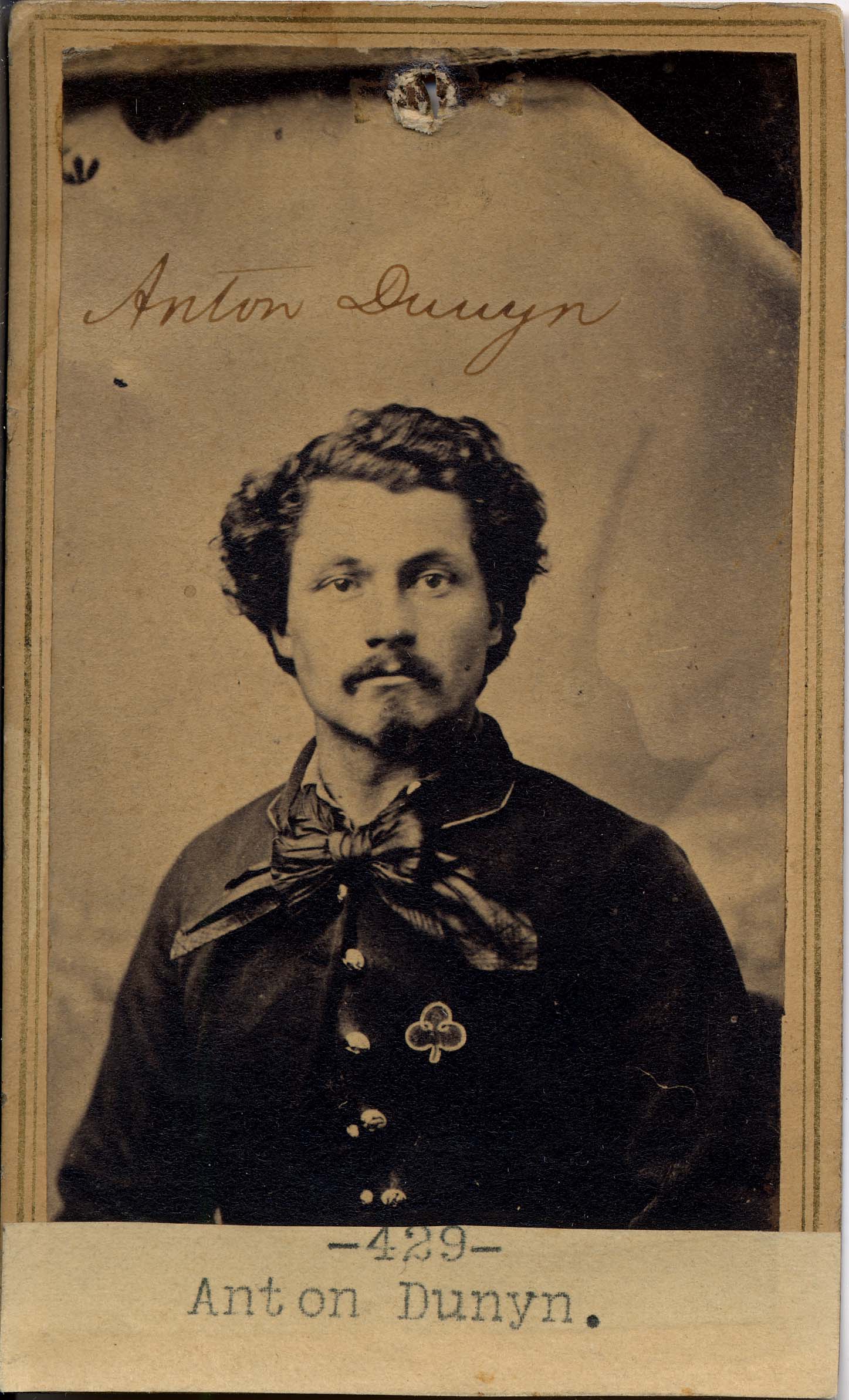Gettysburg
One of my not-education "hobbies" is family history. It is exhilarating to me when I find a link to a relative, and especially cool when I can place that relative in history. I have found some relatives that fought during the Civil War - and on both sides of that conflict. My Dutch-born great-grandfather, Anthony Duym, was at Gettysburg 150 year ago as a soldier in the New York 52nd Infantry. He was about 22 years old at the time.I often joke that my great-grandfather must have been standing in the back of the line for most of the Civil War; to my knowledge he was uninjured despite being in some of the more well-known battles of that conflict. 150 years ago today, his company was in the middle of the fighting in Gettysburg.In history class, I learned that people came out in carriages with picnic baskets to watch the battle as if it were a sporting event. How wrong that was! One of, if not the, bloodiest battles fought on US soil, visiting Gettysburg in modern times is a humbling experience.One hundred fifty years is a lot of time passed. It is easy to glamorize and forget the horrible parts of a battle and of a war.I wish I could have asked my great-grandfather to tell me about his time in the Union Army. I cannot help wondering how it changed him.
I have found some relatives that fought during the Civil War - and on both sides of that conflict. My Dutch-born great-grandfather, Anthony Duym, was at Gettysburg 150 year ago as a soldier in the New York 52nd Infantry. He was about 22 years old at the time.I often joke that my great-grandfather must have been standing in the back of the line for most of the Civil War; to my knowledge he was uninjured despite being in some of the more well-known battles of that conflict. 150 years ago today, his company was in the middle of the fighting in Gettysburg.In history class, I learned that people came out in carriages with picnic baskets to watch the battle as if it were a sporting event. How wrong that was! One of, if not the, bloodiest battles fought on US soil, visiting Gettysburg in modern times is a humbling experience.One hundred fifty years is a lot of time passed. It is easy to glamorize and forget the horrible parts of a battle and of a war.I wish I could have asked my great-grandfather to tell me about his time in the Union Army. I cannot help wondering how it changed him.



